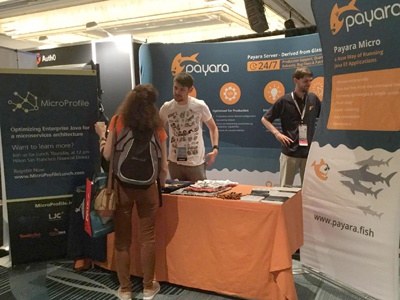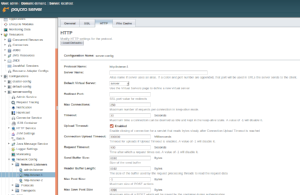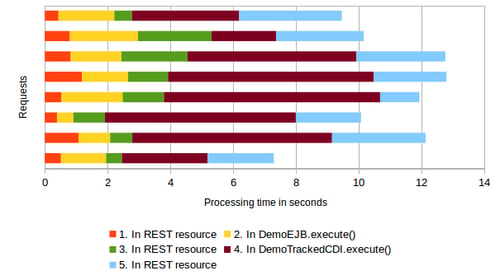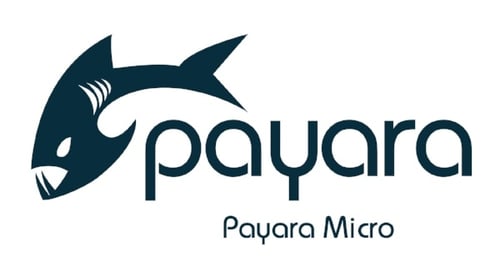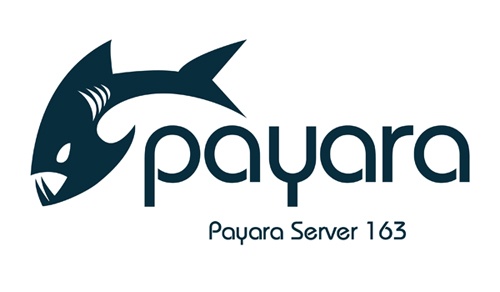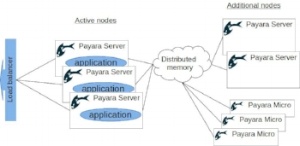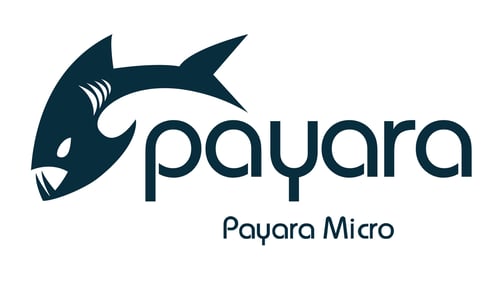2016 Tech Conferences - Java EE & Microservices
Published on 17 Feb 2017
by Ondro Mihályi
Topics:
Java EE,
Payara Micro,
Microservices,
JVM,
MicroProfile
|
0 Comments
Throughout the last year, the Payara team were tracking all the important activities related to Java and Java EE. We attended many conferences, actively participated in lots of community activities, and we helped to found a completely new MicroProfile initiative, with the aim to facilitate innovation in the enterprise Java space.
With this article I'd like to look back at 2016 to share my impressions from the past year with you and outline what we at Payara expect to happen in the Java world in 2017.
Java EE claimed obsolete by Gartner. Is that really true?
Published on 22 Dec 2016
by Ondro Mihályi
Topics:
Java EE
|
29 Comments
As a long-term Java EE developer, consultant and lecturer, over the years I've seen Java EE evolving into a solid, carefully thought out, flexible platform, and one of the most lightweight enterprise frameworks. Therefore I was very surprised to read so many negative and incorrect claims about Java EE in the recent Gartner report "Market Guide for Application Platforms", written by analysts Anne Thomas and Aashish Gupta. The report claims that Java EE is not lightweight, has become obsolete and hasn't kept pace with modern architectural trends. These statements are made very confidently, yet are rather surprising, especially coming from such a well-known advisory company!
How to Set Advanced Payara Server HTTP Listener Options
Published on 19 Oct 2016
by Ondro Mihályi
Topics:
How-to,
Admin
|
8 Comments
In order to fine tune a HTTP listener, the Payara Server administration console provides the means to configure a wide range of options. Besides the basic configuration available for a HTTP listener in the HTTP service section, it is also possible to set low-level configuration details in the HTTP tab of the same network listener in the Network-Config section.
Request Tracing Service in Payara Server & Payara Micro
Published on 12 Sep 2016
by Ondro Mihályi
Topics:
What's New,
REST,
How-to,
Admin,
diagnostics,
request tracing,
Notifier
|
2 Comments
Have you ever wondered whether your application is slow to respond to requests? Which requests take the longest to respond to? And what you can do about it? Payara Server aims to provide the best tooling you would need to identify performance issues, identify their causes and help you solve them. One part of this tooling is the new Request Tracing service, available in Payara Server and Payara Micro from version 163 as a technical preview.
Persistent EJB Timers in Payara Micro
Published on 31 Aug 2016
by Ondro Mihályi
Topics:
What's New,
Production Features,
Payara Micro,
Microservices,
Hazelcast,
Caching,
Clustering,
Scalability
|
0 Comments
Payara Micro is packed with most of the features and APIs that come with Payara Server Full Profile even though it doesn't entirely support whole Jakarta EE Full Profile. As an example, Payara Micro supports persistent EJB Timers, which are only required by the Jakarta EE Full Profile and not by the Web Profile. In Payara Micro, it's possible to use persistent EJB Timers, which are stored across your micro instances inside the distributed data grid as long as at least one instance in the data grid is up and running.
Payara Server 163 Sneak Peak - Improved Monitoring
Published on 29 Jul 2016
by Ondro Mihályi
Topics:
What's New,
Production Features,
Demo
|
0 Comments
Payara Server 162 - New Features Recap
Published on 18 Jul 2016
by Ondro Mihályi
Topics:
What's New
|
0 Comments
In this short video recap, Ondrej Mihalyi ( @OMihalyi )- Payara Support Engineer – gives you an overview of the Payara Server 162 Release Notes. Tune in to find out more about the most useful developer and operations features in Payara Server and Payara Micro 162, Payara Documentation update, new Docker images, new demos, how to contribute and more.
Flexible Clustering with Payara Server
Published on 05 Jul 2016
by Ondro Mihályi
Topics:
Payara Micro,
Microservices,
Hazelcast,
Clustering,
Scalability
|
1 Comment
Application server clustering provides a means to make application infrastructure more robust and perform better. However, it is often very inflexible and even a small change in the cluster topology can involve serious maintenance costs. Payara Server supports a new way of clustering based on Hazelcast, which brings much more flexibility, decreases maintenance costs and adds the benefit of JCache support out of the box.
The HealthCheck Service In-Depth - Payara Micro
Published on 14 Jun 2016
by Ondro Mihályi
Topics:
What's New,
Payara Micro,
Microservices,
Ops Teams,
Healthcheck,
DevOps
|
1 Comment
The HealthCheck Service provides automatic self-monitoring in order to detect future problems as soon as possible. The HealthCheck Service was introduced in Payara Server and Payara Micro version 161 and some new metrics have been added in version 162.
All the functionality of the HealthCheck Service that is available in Payara Server is also included in Payara Micro. However, as Payara Micro differs in some concepts from Payara Server, the usage and configuration of the HealthCheck Service is slightly different. In this post, we will focus on how to use it in Payara Micro.
Deploying Multiple Application Versions on Payara Server
Published on 13 Apr 2016
by Ondro Mihályi
Topics:
How-to,
Admin
|
1 Comment

